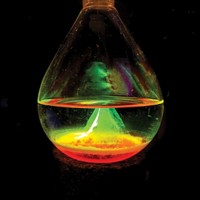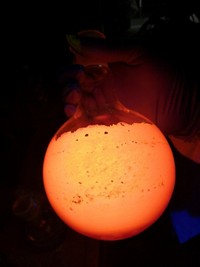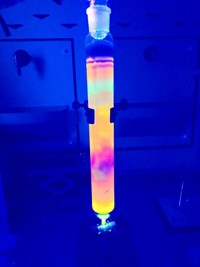Advertisement
Grab your lab coat. Let's get started
Welcome!
Welcome!
Create an account below to get 6 C&EN articles per month, receive newsletters and more - all free.
It seems this is your first time logging in online. Please enter the following information to continue.
As an ACS member you automatically get access to this site. All we need is few more details to create your reading experience.
Not you? Sign in with a different account.
Not you? Sign in with a different account.
ERROR 1
ERROR 1
ERROR 2
ERROR 2
ERROR 2
ERROR 2
ERROR 2
Password and Confirm password must match.
If you have an ACS member number, please enter it here so we can link this account to your membership. (optional)
ERROR 2
ACS values your privacy. By submitting your information, you are gaining access to C&EN and subscribing to our weekly newsletter. We use the information you provide to make your reading experience better, and we will never sell your data to third party members.

This impressionistic bloom was “a beautiful mistake,” according to Chia-Chien Kao, an undergraduate student in Che-Jen Lin’s group at National Dong Hwa University in Taiwan. Kao was recrystallizing a chromophore from dichloromethane and accidentally let all the solvent evaporate from the flask. As the contents of the flask dried out, they arranged themselves into a ring of “petals” that looked like it came straight out of a van Gogh painting. The flower was even more striking under ultraviolet light: the crystals near the center emitted green light while the powdery petals glowed yellow.
The chromophore Kao was using is based on the chromophore from green fluorescent protein, a popular fluorescent label used by scientists to examine cells’ inner workings. Kao is researching how its emission colors change with stimuli such as hydrogen bonding or acid-base interactions, and how those changes could be used for sensing biomolecules.
Submitted by Chia-Chien Kao
Do science. Take pictures. Win money. Enter our photo contest here.





Join the conversation
Contact the reporter
Submit a Letter to the Editor for publication
Engage with us on Twitter